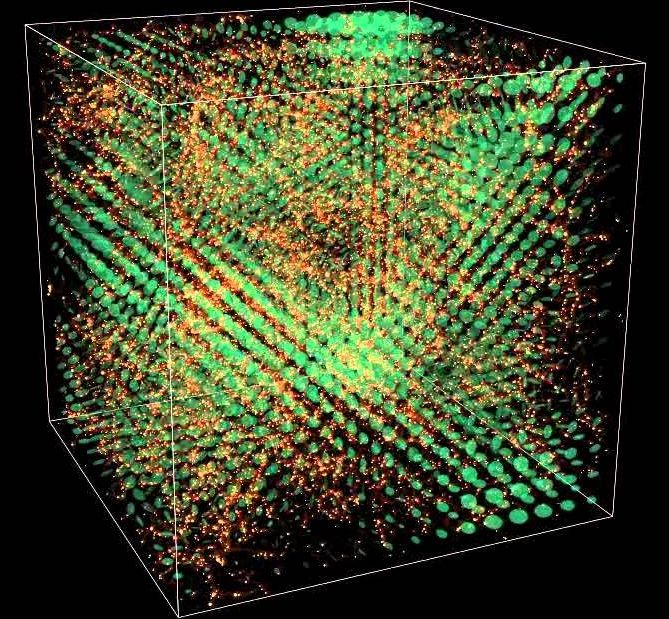Space tourism … and much more.
Copyright ©2016 Parabolic Arc.
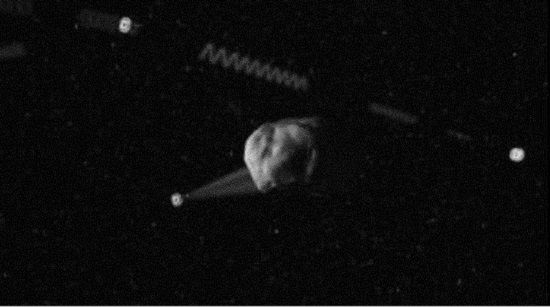
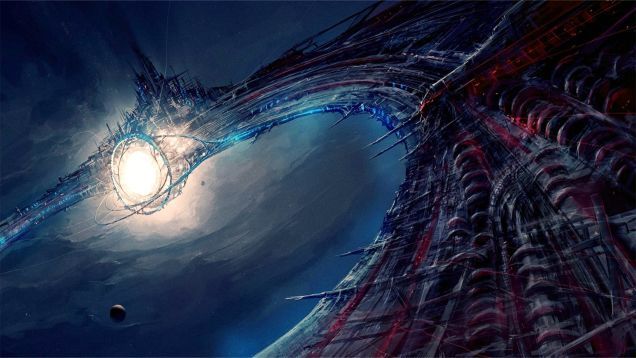
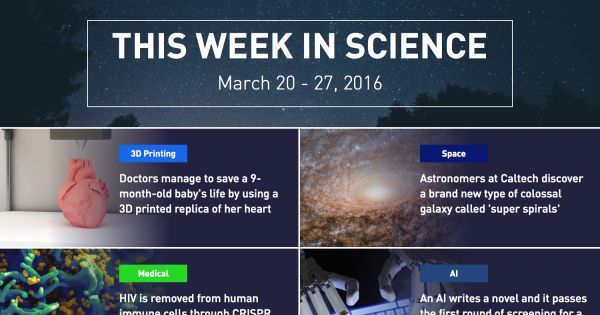
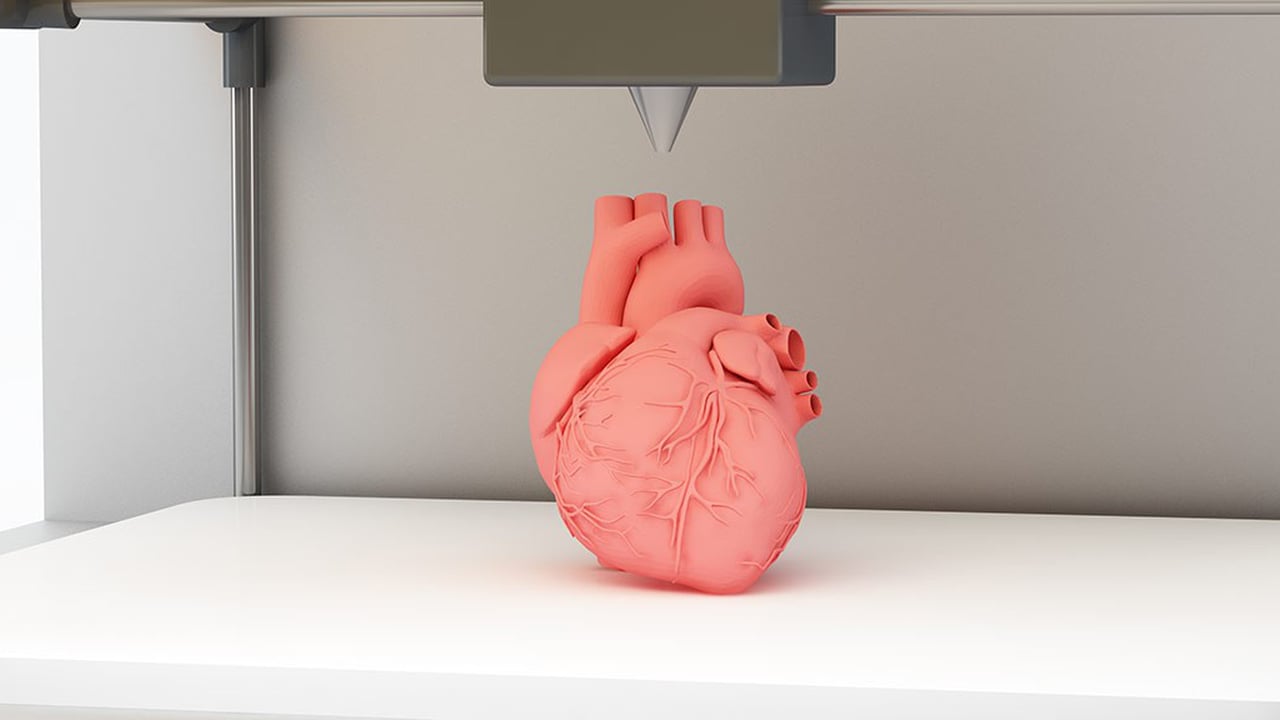
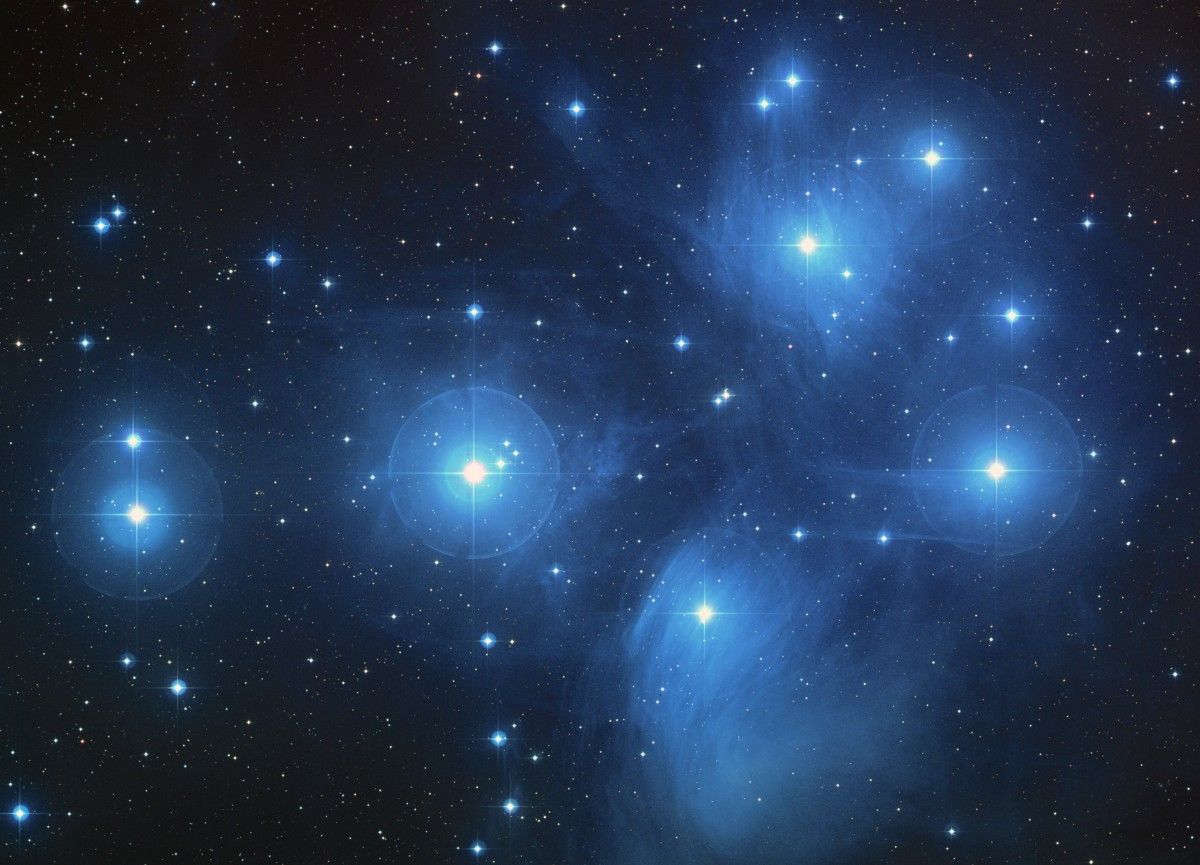
Planet 9, if indeed it’s out there, may have been stripped from one of our Sun’s stellar siblings, very early in the life of our solar system. The idea is that the Sun’s original birth cluster of at least a 1000 stars was pretty crowded and there was ample opportunity to gravitationally strip a planet from a stellar brother or sister. But guess stars don’t get jealous, eh?
A possible super-earth lying on our solar system’s outer fringes may have been captured from a star in our Sun’s original stellar birth cluster, Alexander James Mustill, an astronomer at Lund University in Sweden, tells me.
Even though Planet 9’s existence still remains up for debate, a growing body of evidence for nearly decade now indicates the presence of a planet some 10 times the mass of Earth that orbits the Sun at a distance of up to 900 astronomical units (or Earth-Sun distances).
Mustill says that depending on how long the Sun stayed in proximity with its stellar siblings, indeed, Planet 9 may have been captured within the first 100 million years of our star’s formation. As Mustill notes, evidence suggests that the Sun was born into a large open cluster of at least a thousand stars.
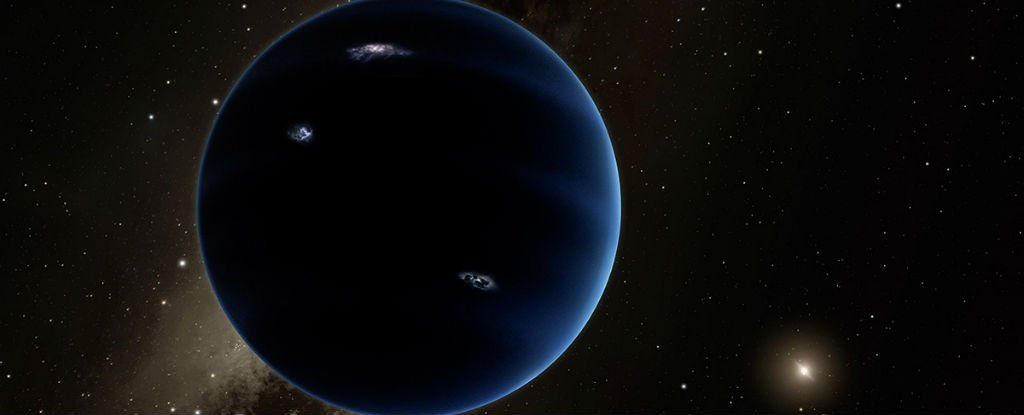
Back in January, the astronomer who led the charge to have Pluto demoted to dwarf planet status announced that he’d just found evidence that a huge, icy planet could be lurking on the edge of the Solar System, just past Neptune.
Mike Brown, a planetary astronomer at Caltech University, estimated that the hypothetical ‘Planet Nine’ appears to be circling the Sun on a super-elongated orbit that takes an incredible 10,000 to 20,000 years to complete. And now, thanks to a newly detected Kuiper Belt Object (KBO) that’s acting really strange, Brown says the case for Planet Nine just got a whole lot stronger.
“Hey Planet Nine fans, a new eccentric KBO was discovered. And it is exactly where Planet Nine says it should be,” Brown tweeted over the weekend.
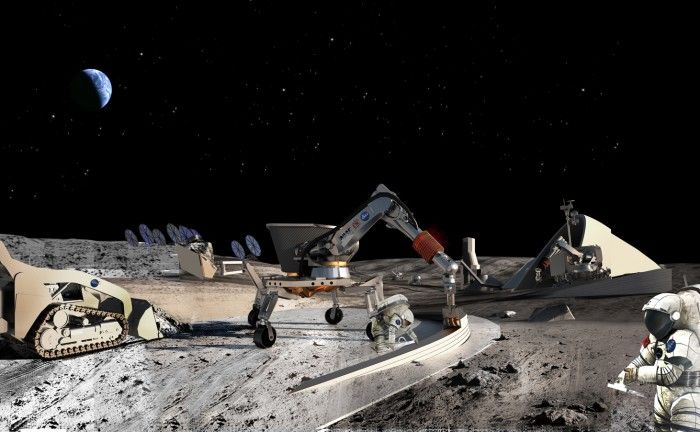
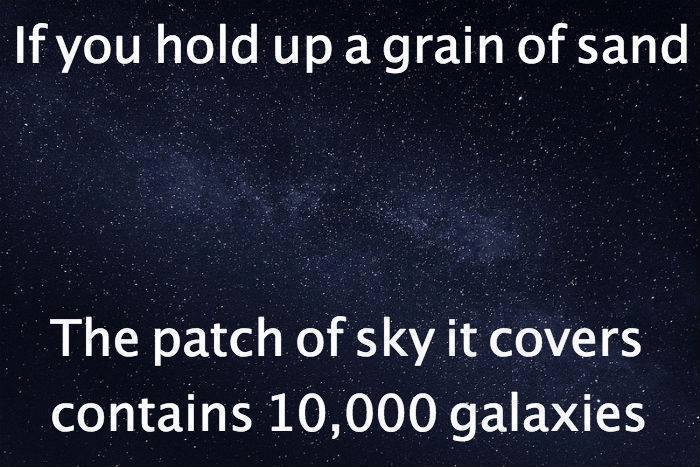
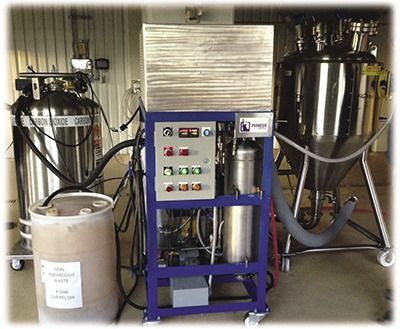
NASA Technology
Building on work he and his companies did with Johnson Space Center’s In Situ Resource Utilization (ISRU) team, Robert Zubrin has developed and commercialized technologies that could prove revolutionary in their Earth applications, such as a system that could extract millions of barrels of oil from defunct oil wells around the world and another that can harness all the natural gas currently burned off as waste at many oil drilling rigs (Spinoff 2015).
But when he’s not working to change this world or colonize others, the president of Pioneer Astronautics, Pioneer Energy, and the Mars Society enjoys a good microbrew. Now, he’s applied some of that same technology to cut costs for craft breweries that produce anywhere between 3,000 and 300,000 barrels per year.
